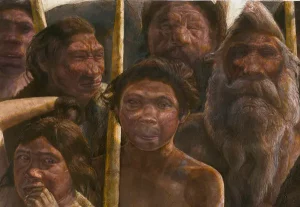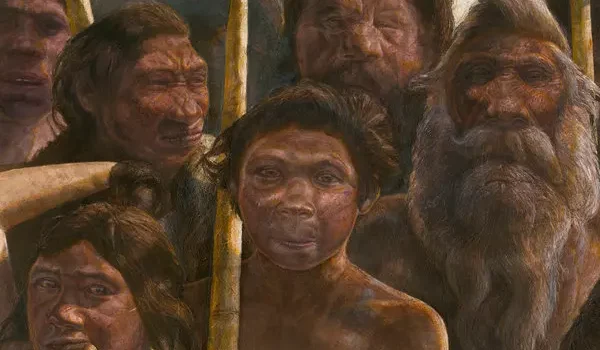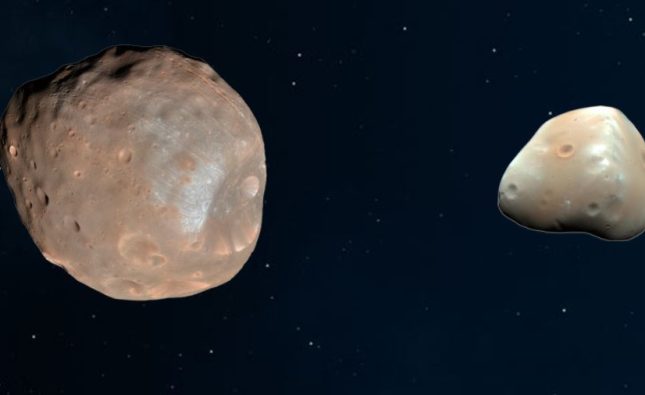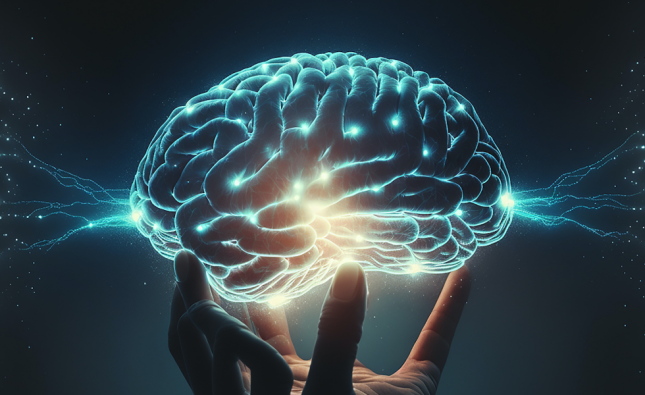
Introduction:
In a captivating journey back in time, we delve into the fascinating world of Europe’s earliest humans and their complex interactions with Neanderthals. The story that unfolds is a tale of love, survival, and evolution, shedding new light on our ancient liaisons.
Europe’s Ancient Inhabitants: The Homo Heidelbergensis
Our story begins with Homo heidelbergensis, an early human ancestor who inhabited Europe approximately 700,000 years ago. These hominins were characterized by their robust physiques and impressive tool-making skills, a testament to their survival prowess in a challenging prehistoric world.
Key Traits of Homo Heidelbergensis:
- Robust build for strength and endurance.
- Advanced tool-making capabilities.
- Adaptation to a wide range of environments.
Enter the Neanderthals: Europe’s Ice Age Residents
As the Ice Age descended upon Europe, a new chapter in our story unfolds with the emergence of Neanderthals, our distant cousins who roamed the continent from about 400,000 years ago until approximately 40,000 years ago.

The Enigmatic Neanderthals:
- Adaptation to cold climates with stocky builds.
- Exceptional tool-makers and hunters.
- Evidence of complex social structures.
The Crossroads of Evolution
Our tale takes an unexpected twist as Homo heidelbergensis and Neanderthals coexist in Europe. Evidence from archaeological sites suggests that these two ancient species interacted in ways that challenge our understanding of early human history.
Intriguing Discoveries:
- Genetic Evidence: Recent genetic studies indicate that some of us carry traces of Neanderthal DNA, a testament to ancient liaisons.
- Shared Knowledge: The exchange of skills and knowledge between Homo heidelbergensis and Neanderthals likely played a role in their survival.
- Cultural Exchange: Archaeological findings suggest that these ancient populations may have shared cultural practices, such as the creation of art and symbolic objects.
Love, Survival, and the Homo Sapiens Emergence
As our story unfolds, we see Homo sapiens, modern humans, emerge as a distinct species around 300,000 years ago. Their presence in Europe adds yet another layer of complexity to the interactions between early humans and Neanderthals.
The Homo Sapiens Arrival:
- Homo sapiens possessed advanced cognitive abilities.
- They displayed remarkable adaptability, contributing to their eventual dominance.
The Mysterious Extinction of Neanderthals
While our ancestors, Homo sapiens, thrived and spread across the globe, the Neanderthals faced a different fate. The reasons behind their extinction remain a subject of ongoing research and speculation.
Theories Surrounding Neanderthal Extinction:
- Competition with Homo sapiens for resources and territory.
- Disease transmission between the two species.
- Climate-related factors contributing to habitat loss.
Legacy of Ancient Liaisons
Our journey through time leaves us with intriguing questions and a deeper appreciation for our ancient liaisons with Neanderthals.
Key Takeaways:
- Our genetic heritage carries traces of Neanderthal DNA, a testament to ancient interbreeding.
- The exchange of knowledge and culture between early humans and Neanderthals contributed to our evolution.
- The mysteries surrounding Neanderthal extinction continue to captivate scientists and historians.
Conclusion: Unraveling the Tapestry of Our Origins
In the tapestry of our origins, the interactions between Europe’s earliest humans and Neanderthals are a rich and complex thread. These ancient liaisons shaped our genetic heritage, influenced our cultural evolution, and continue to inspire researchers to uncover the secrets of our shared history. As we delve deeper into the annals of prehistory, one thing becomes clear: our connection with Neanderthals is a testament to the enduring legacy of our ancient liaisons.










